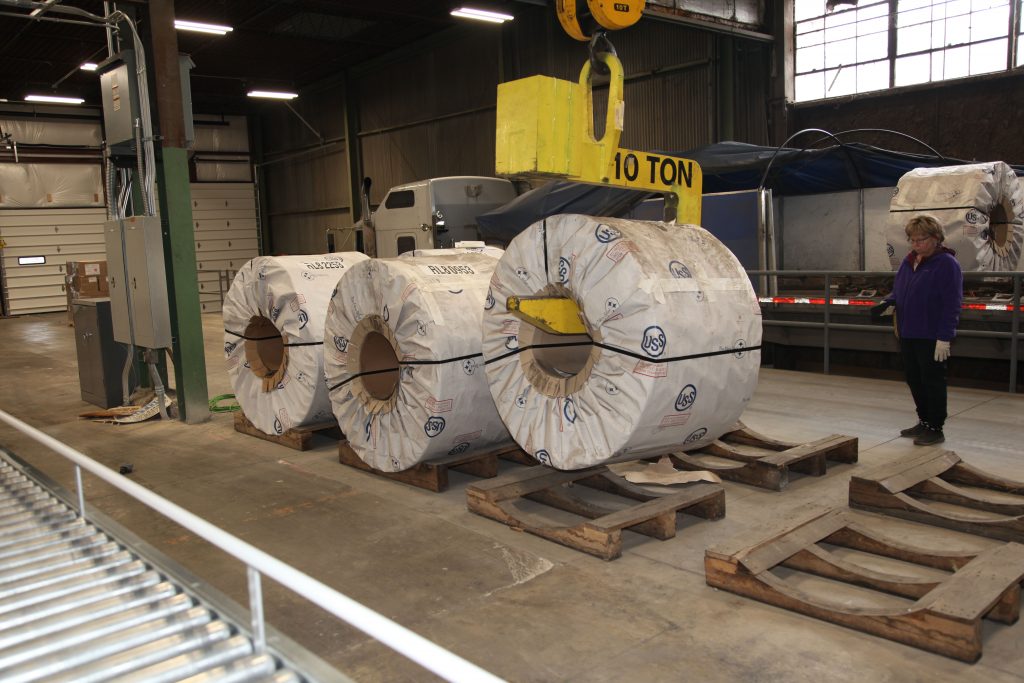Revealed: The Steel Industry and it’s Affect on Steel Pails (Q4 2020)

Have you noticed just how irregular the domestic steel supply has been this quarter?
Compared to last year, steel prices and supply have been completely different — in all the wrong ways.
While COVID-19 and the economic impact are chief to blame, the effects of the irregular steel industry on the steel pail industry have been massive.
We’ve had to extend our lead times out for all our products, upping the time it takes to get plain steel pails from 2 weeks to 4 weeks. While still leading our industry in lead times, we’re not happy about making our customers wait longer to get their steel pail orders.
Pricing has also had to be adjusted for all our customers. Price changes to us are a big deal, but since the cost of steel is so astronomical right now, we’ve had to implement a price adjustment for Q1 2021. You can contact your sales manager here if you have any questions about your pail orders.
Here’s the three main problems with the steel industry right now and why they’re messing with the steel pail industry.
Overall Steel Utilization is Down — Big Time
Compared to this time in 2019 and 2018, steel mill utilization is down about 13%, while demand is almost the same.
This means many of the large steel buyers, such as the automakers and appliance makers, are buying up larger percentages of the steel that is available right now.
Since production is down but demand isn’t, it forced us to extend our lead times since we can’t get rolled steel on-time. Right now, Steel Market Update has listed Cold Rolled Steel Lead Times at 6-12 weeks (this is way longer than normal).

Prices are Up, and Everything is Fluid
As if the decreased production wasn’t enough, the current and growing demand for steel has led the steel mills to drastically increase their prices.
These price increases have affected all the main steel products:
- Hot Rolled
- Cold Rolled
- Galvanized
- Galvalume
- Plate
So prices are up, but what’s worst is that these prices are all over the place. Steel Market Update discussed how tonnage prices for steel have been changing weekly, if not daily. This has turned into yet another headache for material managers in both our industry and industries around the country.

Raw Materials are Hard to Get and More Expensive
One of the most important materials that goes into steel, iron ore, has seen its price surge by over $15 /dmt — in just the past week.
In early October, the price for Iron ore was about $125 /t. Now it’s at $147 /t and expected to increase even more!
These iron ore price increases come as the materials are getting harder to source in the large quantities they are needed in. The same goes for Zinc, which has seen its prices go up considerably as well.

So there you have it
The irregular steel market right now is really negatively impacting the steel pail market this quarter. We’re doing our best to weather the changes in a positive manner for all our customers.
In the meantime, I suggest keeping up with the steel industry both on our website and at Steel Market Update, which is a fantastic resource for steel industry news and insights.




